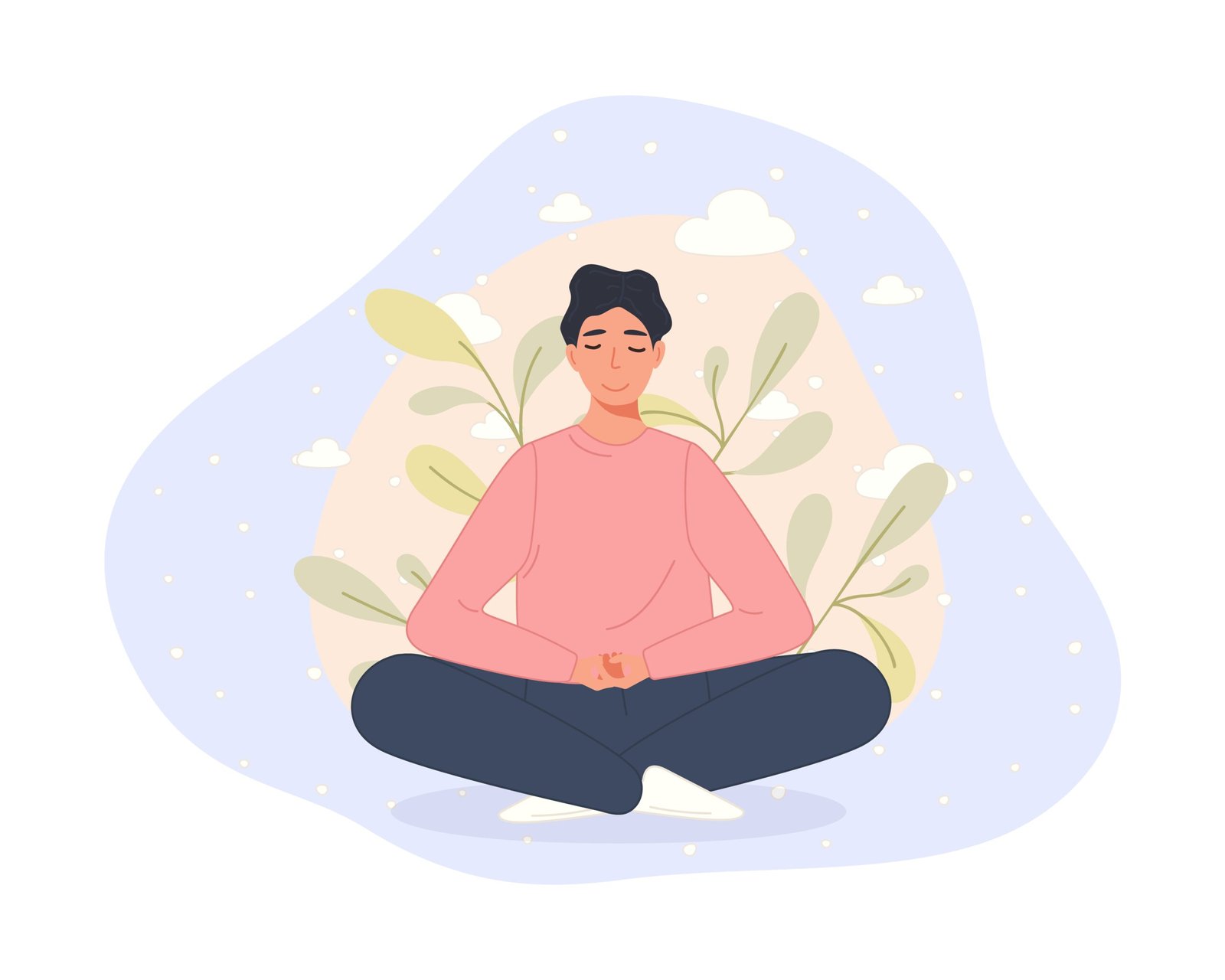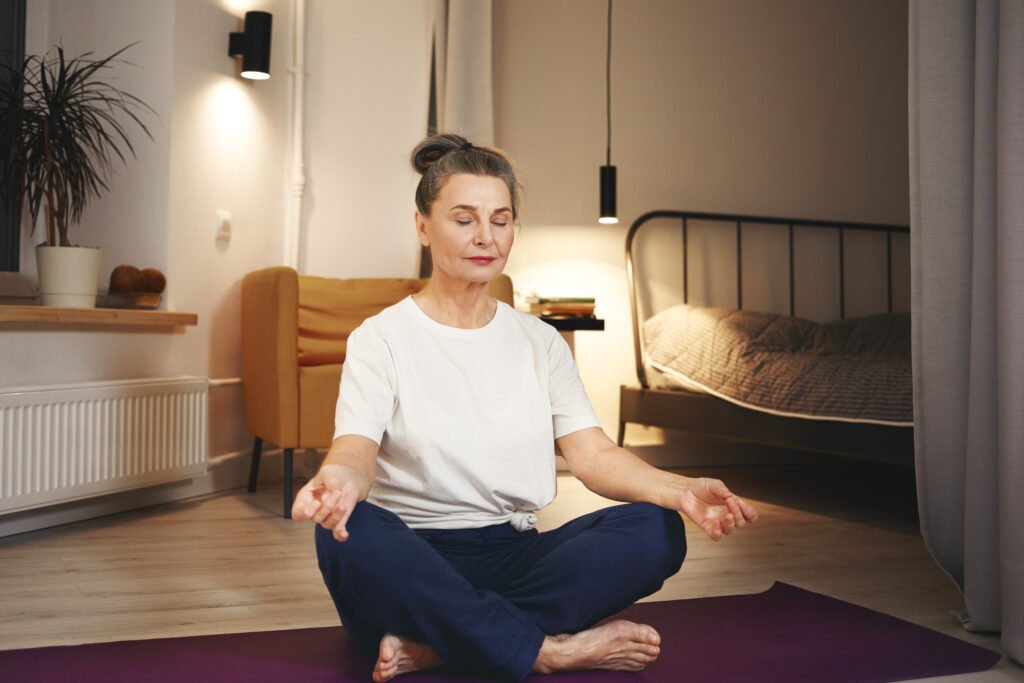“The present moment is the only time over which we have dominion.”
— Thích Nhất Hạnh
In today’s fast-paced world, mindfulness has become more of a necessity than a luxury. But many assume mindfulness requires long meditations or retreats in the mountains. The truth? Anyone can practice mindfulness in less than 5 minutes a day—right at their desk, in the kitchen, or even during a commute. This article explores practical, realistic ways to incorporate mindfulness into your daily routine without flipping your schedule upside down.
Whether you’re a busy professional, a student, or a stay-at-home parent, this guide offers quick techniques that foster calm, clarity, and focus. Let’s dig into the “how” and “why” of short mindfulness practices, and see how just a few minutes can change everything.

What Is Mindfulness (And Why Is It So Powerful)?
Mindfulness is the simple act of being present and fully engaged with whatever you’re doing in the moment—without judgment. It helps reduce stress, improve mental clarity, boost emotional health, and increase overall well-being.
According to a 2021 study published on Harvard Health, even brief mindfulness practices can positively impact stress levels, anxiety, and sleep patterns.
So yes, just 5 minutes a day is enough to make a difference.
If you feel your mind is constantly scattered, it might be a sign to slow down. Read this 7 Signs You Need a Wellness Reset to check if you’re due for a mindful pause.
5-Minute Mindfulness Techniques That Actually Work
1. The 4-7-8 Breathing Method
This technique takes just about a minute but has a powerful calming effect on the nervous system.
How to do it:
● Inhale for 4 seconds
● Hold for 7 seconds
● Exhale for 8 seconds
Repeat for 3–5 rounds. This can be done sitting, standing, or lying down.
Try pairing this with your morning exercises to begin your day with intention.
2. Mindful Sipping
That first sip of tea or coffee? Make it count. Feel the warmth, smell the aroma, taste each note. This sensory awareness is a mindfulness practice.
Next time you make your morning beverage, pause. No scrolling. No rushing. Just be with the cup.

3. The 5-4-3-2-1 Grounding Technique
Feeling anxious or overwhelmed? Try this sensory exercise:
● 5 things you can see
● 4 things you can touch
● 3 things you can hear
● 2 things you can smell
● 1 thing you can taste
This can ground you in the now—especially during moments of high stress. You can learn more about calming methods in our guide to natural stress relief.
Comparison: 5-Minute Mindfulness vs. 20-Minute Meditation
| Feature | 5-Minute Mindfulness | 20-Minute Meditation |
| Time Required | 5 minutes | 20 minutes |
| Ideal For | Beginners, Busy Schedules | Intermediate/Advanced Practitioners |
| Immediate Stress Relief | Yes | Yes |
| Deeper Emotional Awareness | Limited | Stronger |
| Consistency Required | Daily Helps | Daily Strongly Recommended |
As you can see, both have value, but the key is consistency. Even short, regular practice builds resilience.
Can Mindfulness Fit Into a Busy Routine?
Yes, absolutely. The biggest myth is that mindfulness requires isolation or silence. You can practice mindfulness while washing dishes, walking, or even brushing your teeth.
Try combining it with other daily wellness habits from this guide on 10 Daily Wellness Habits That Will Transform Your Life.
Question of the Day: “Can I Really Benefit in Just 5 Minutes?”
Answer: Yes! Neuroscience backs this up. Even short mindfulness sessions can create neuroplastic changes in the brain associated with focus, calmness, and emotional regulation.
If you’re skeptical, try it for a week. Pick one technique and commit to just 5 minutes a day. You might be surprised at how quickly your inner world shifts.

